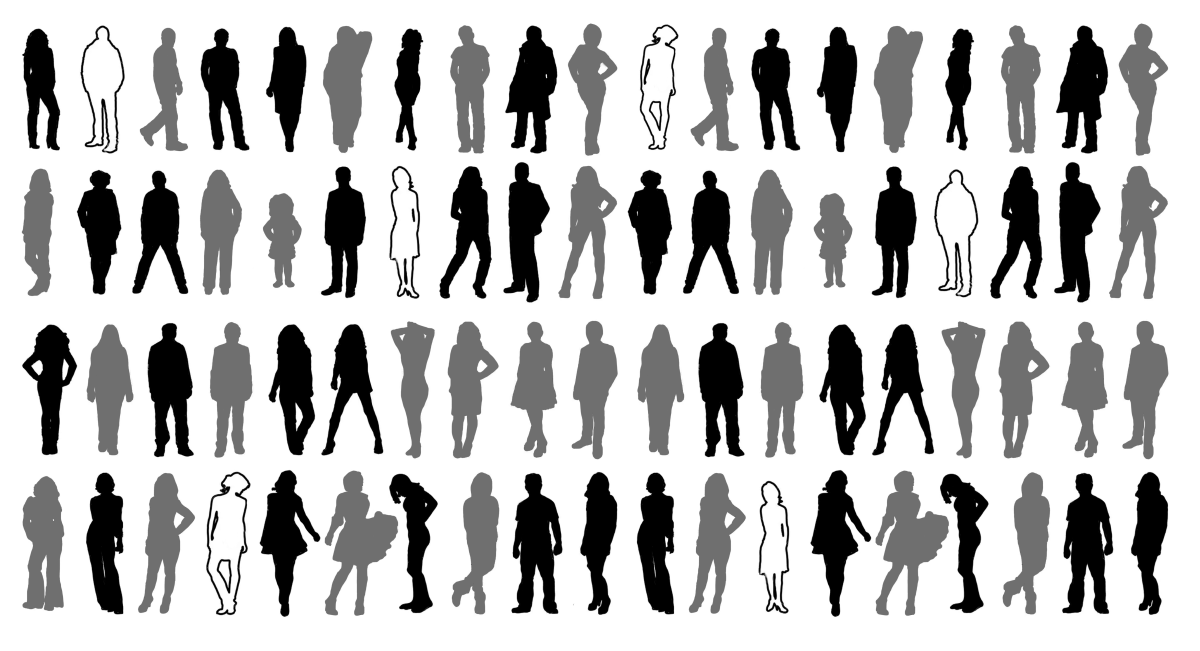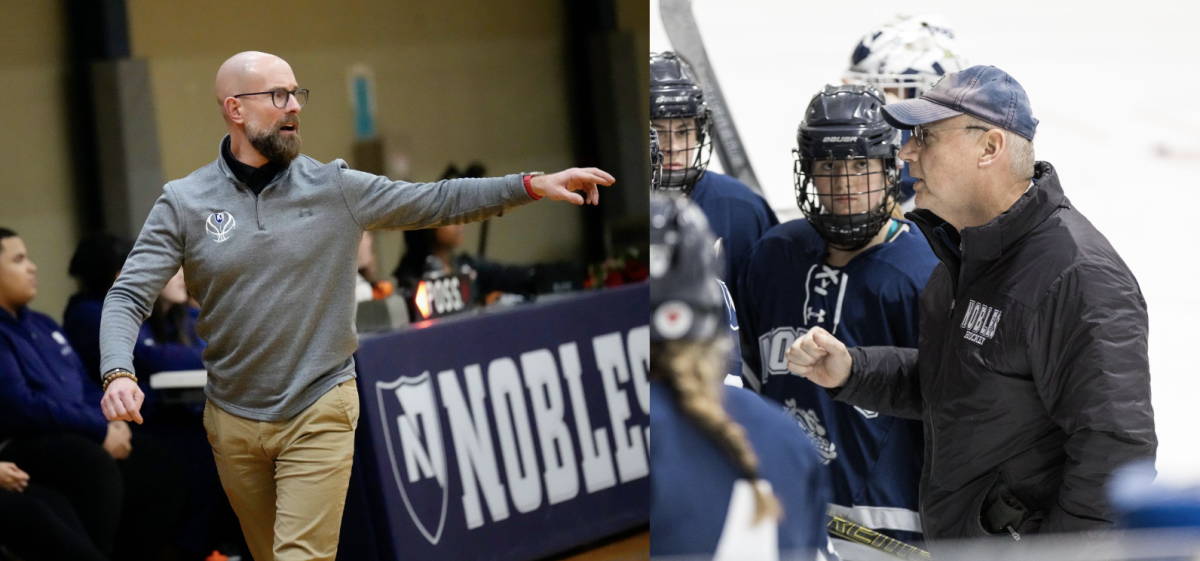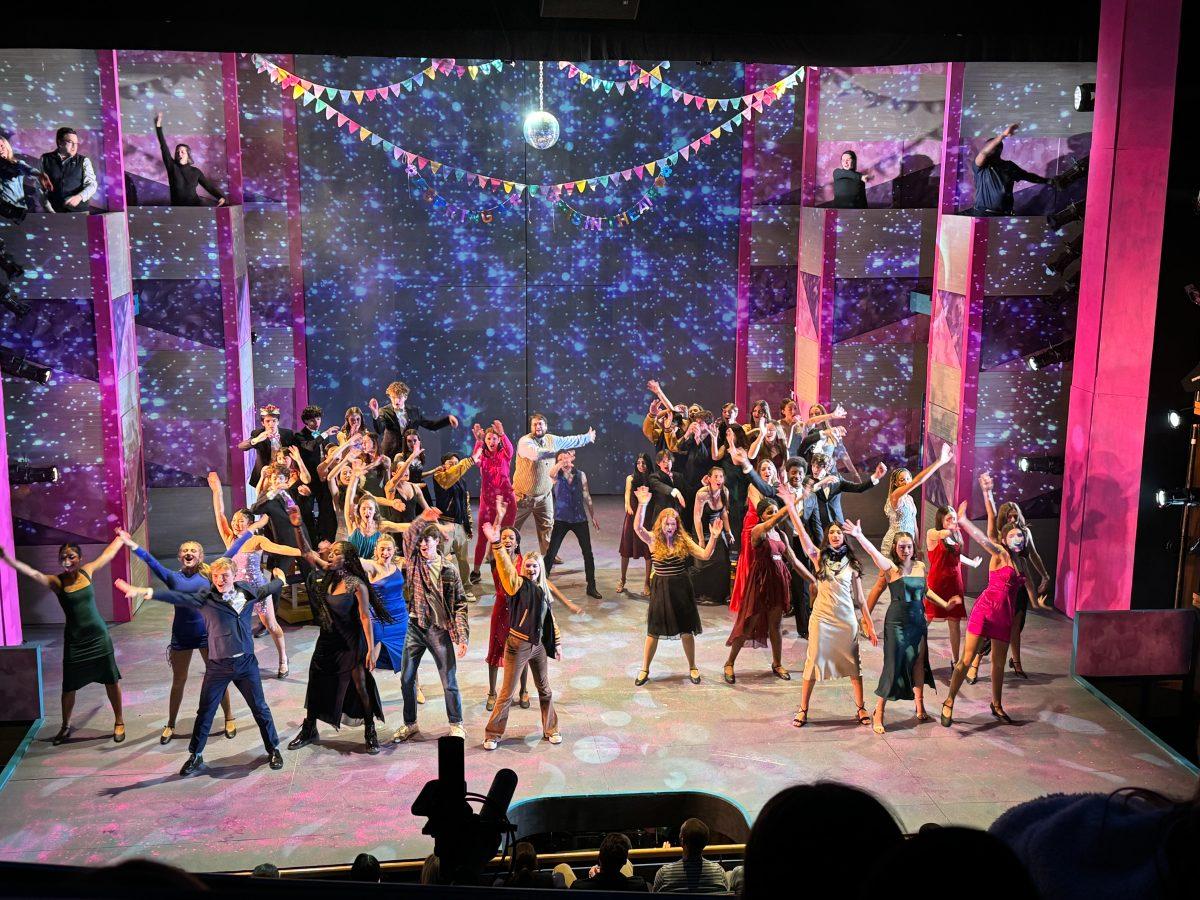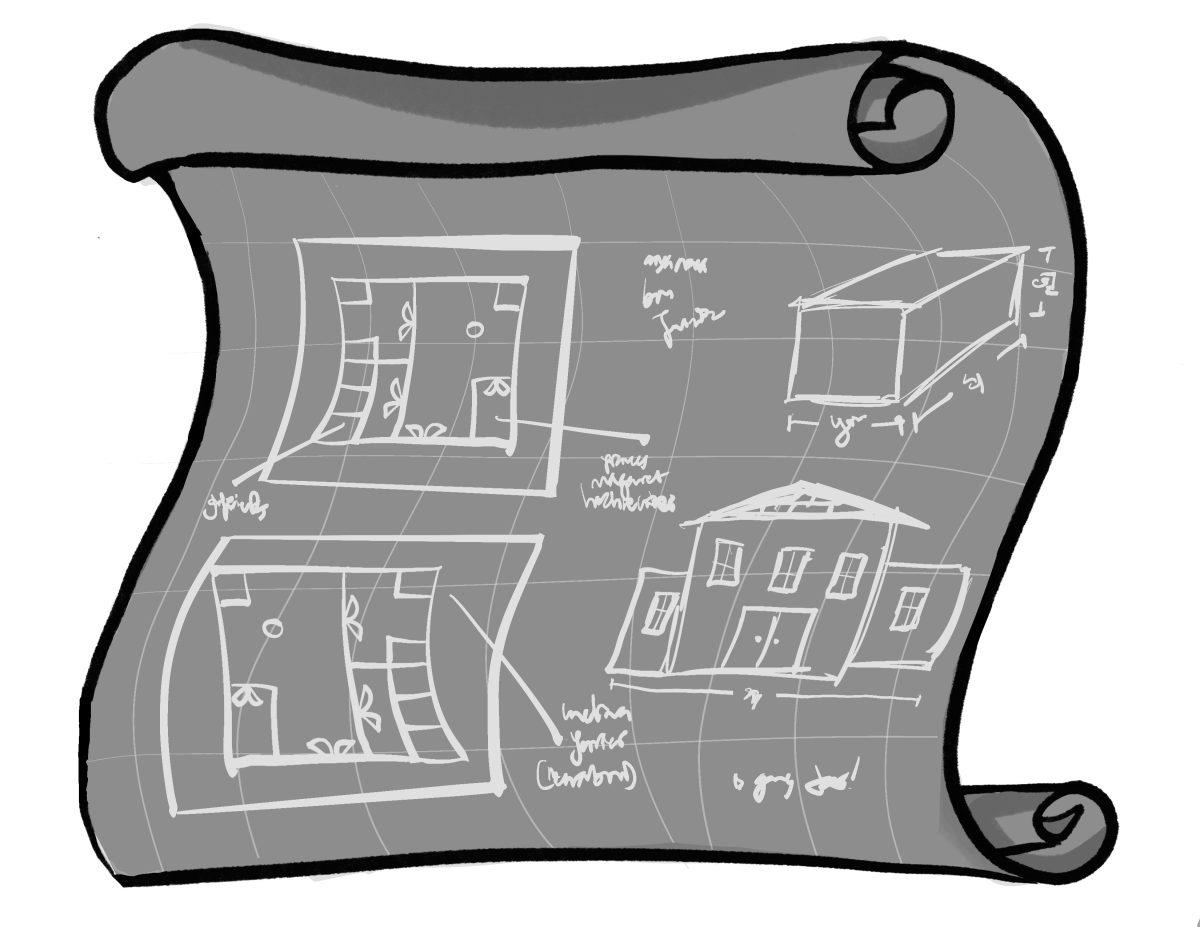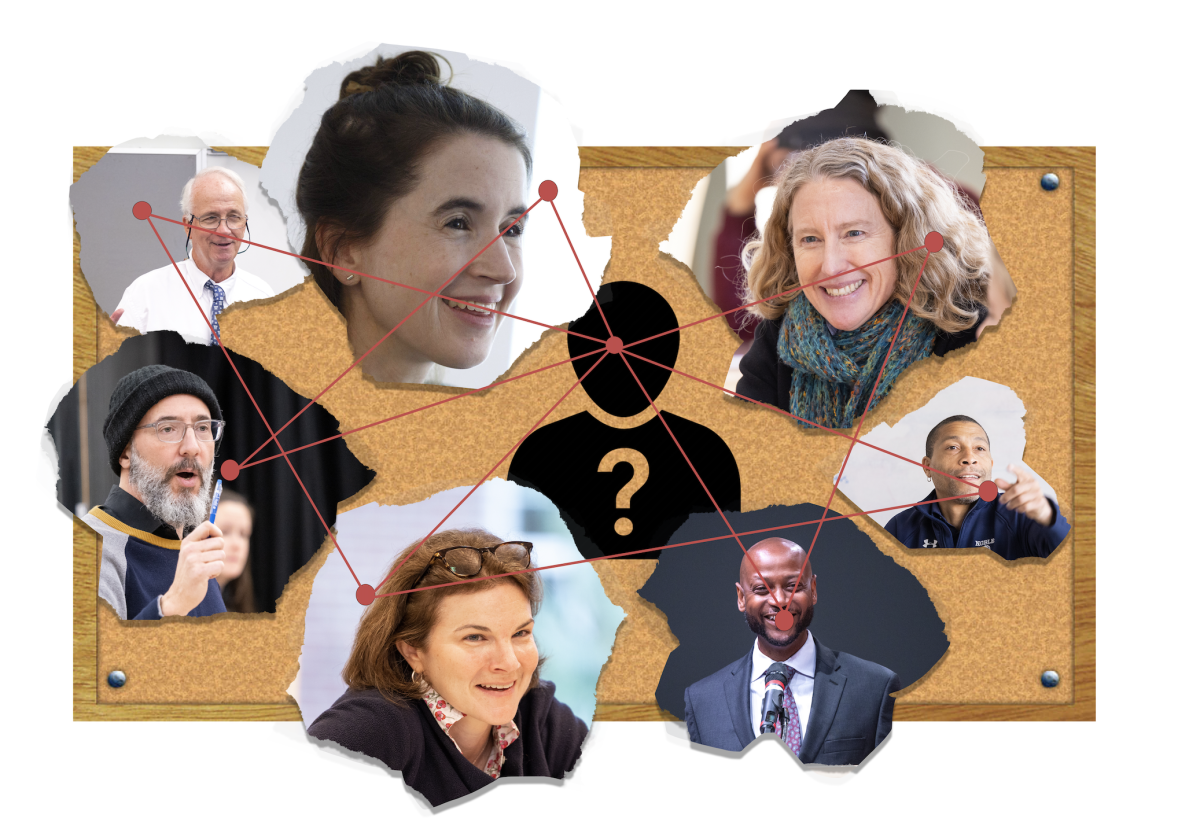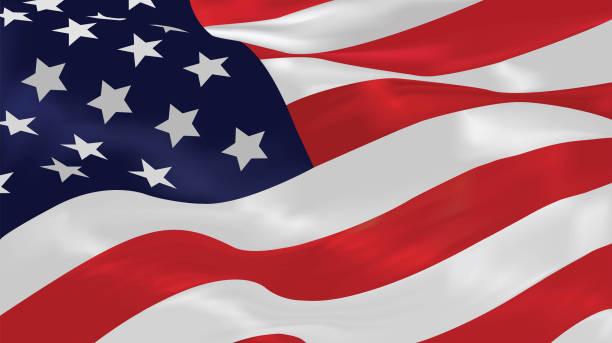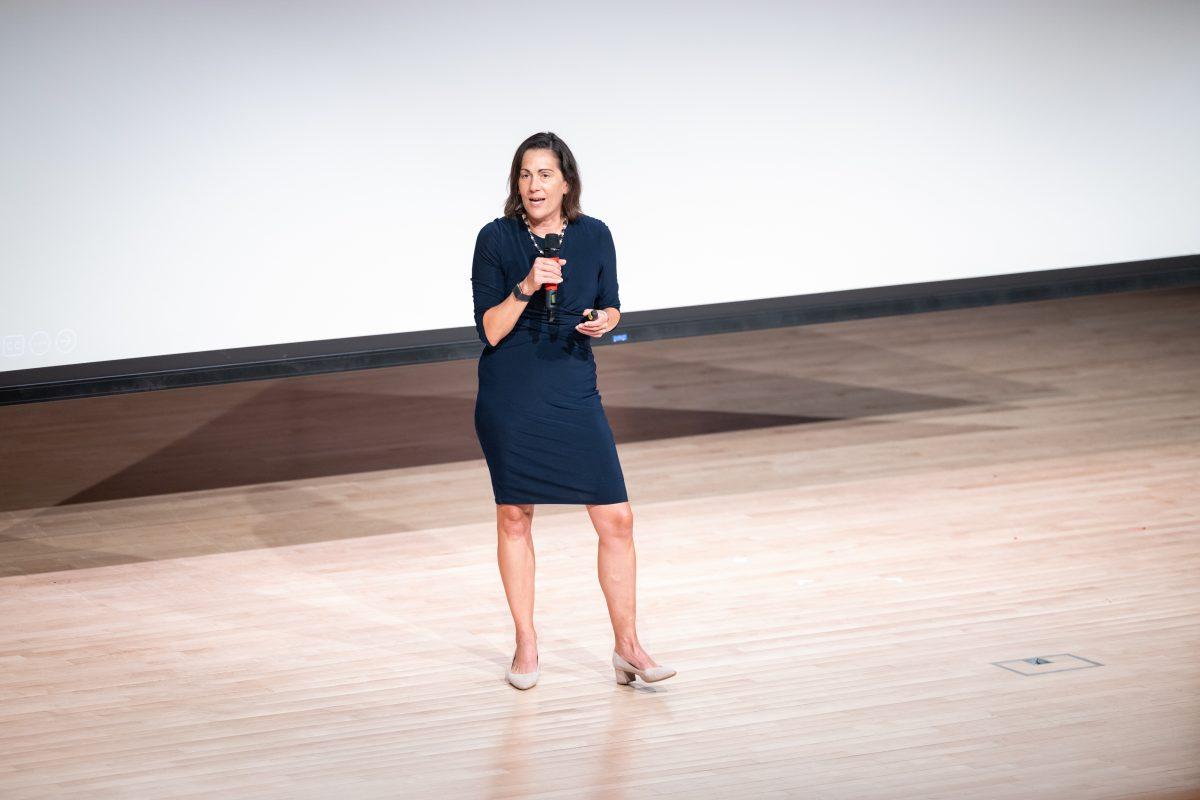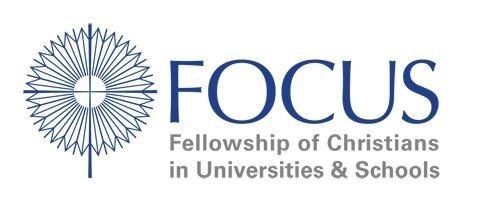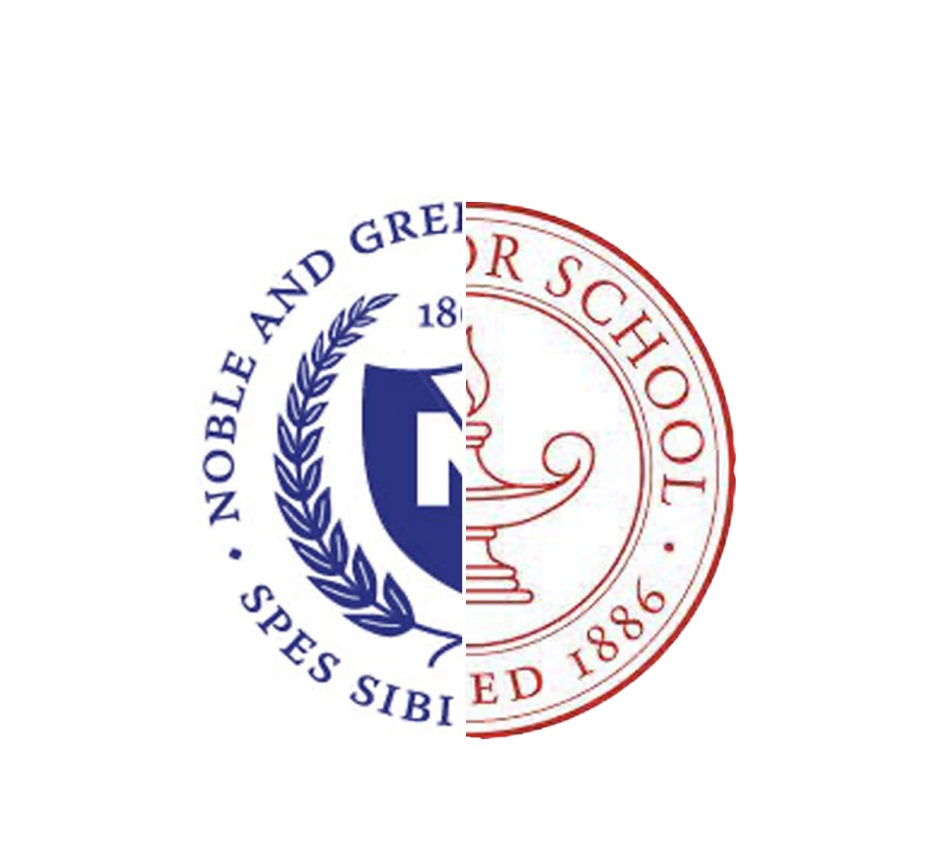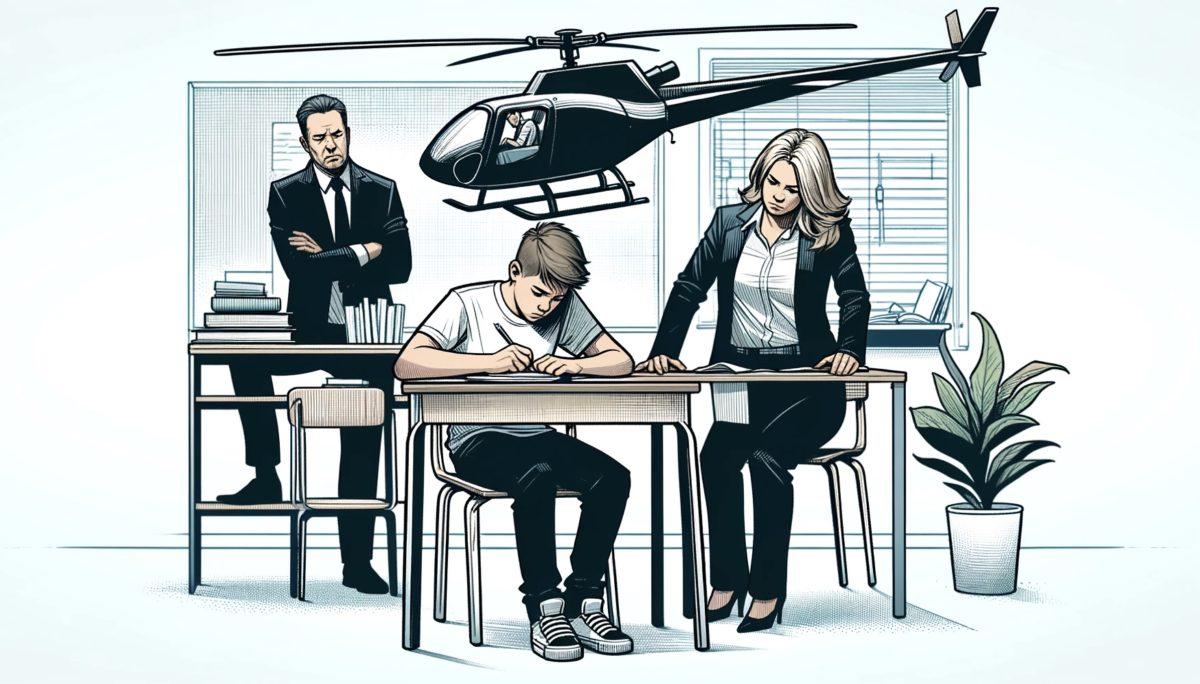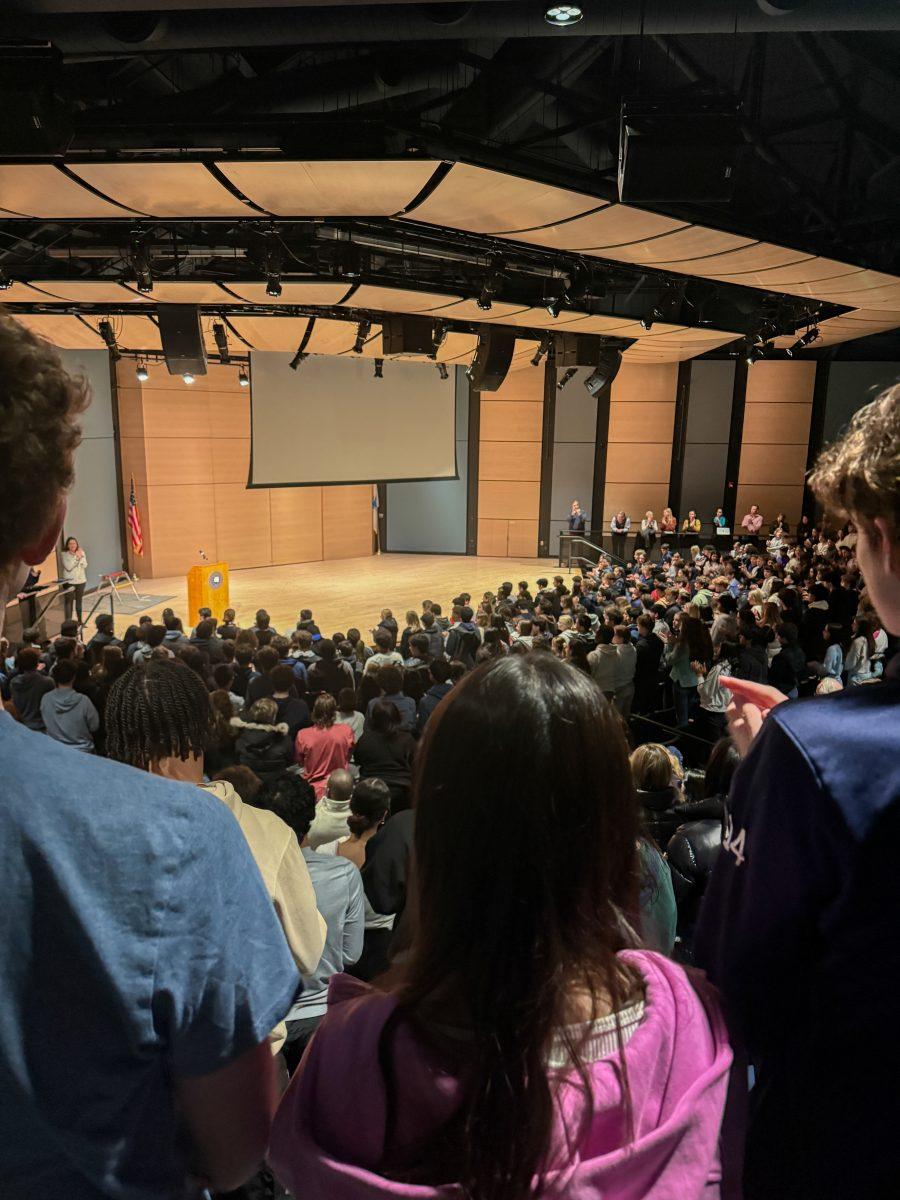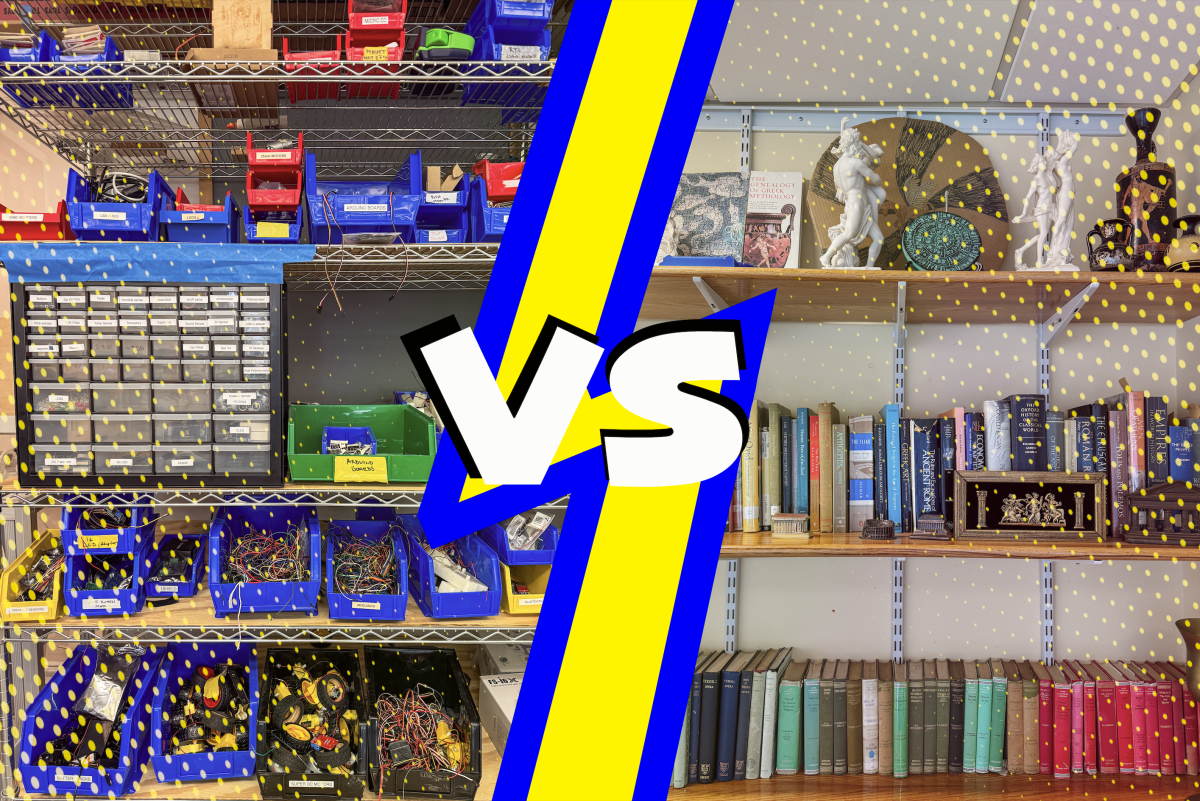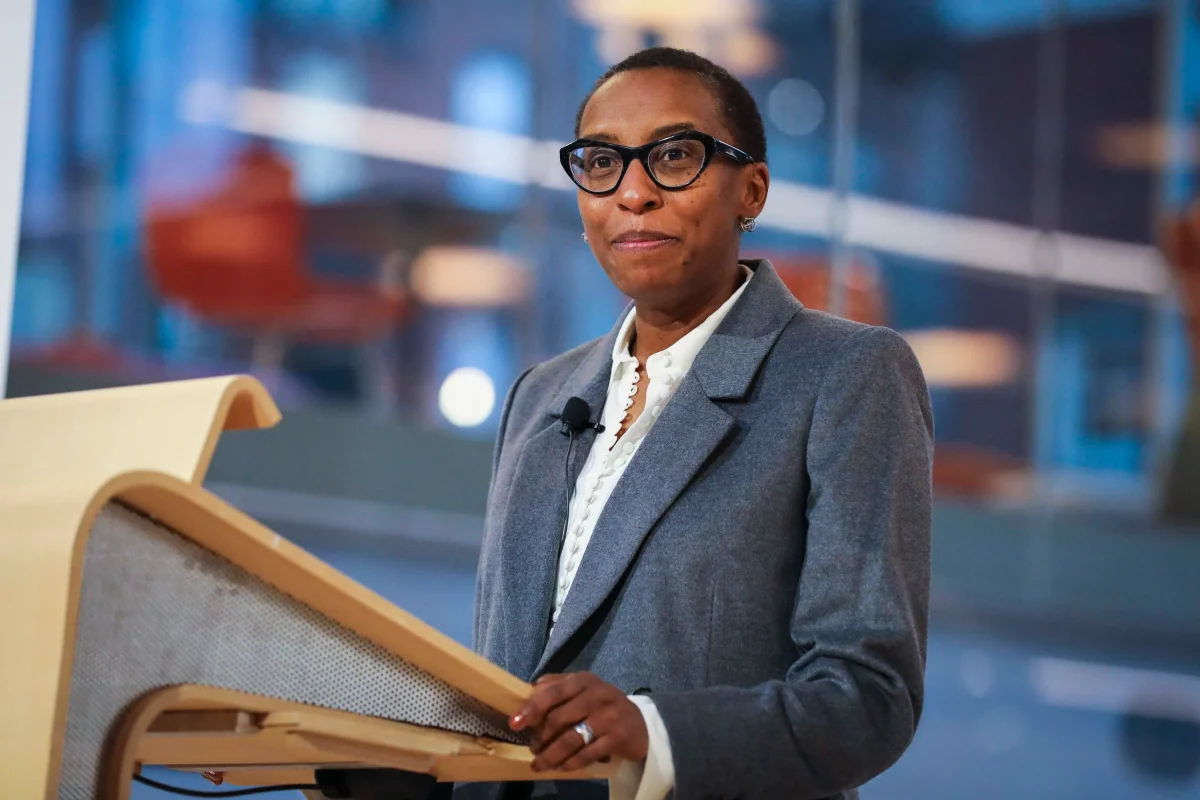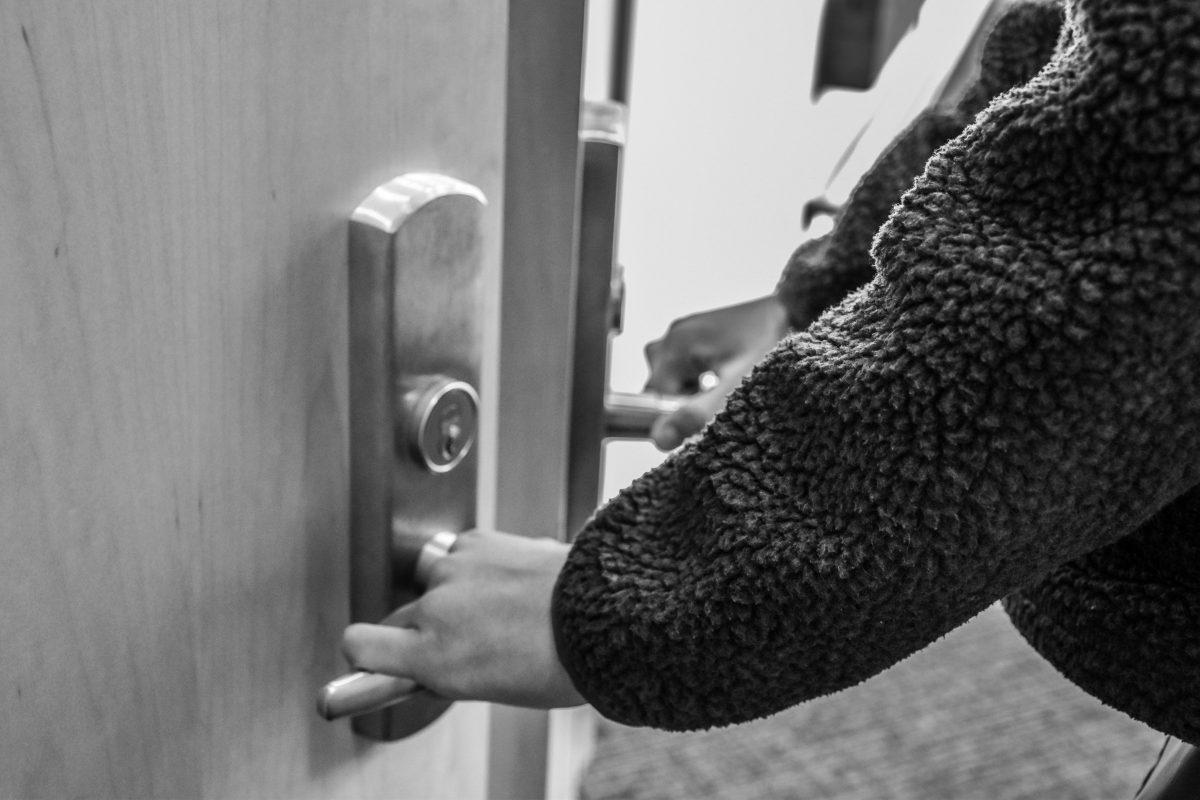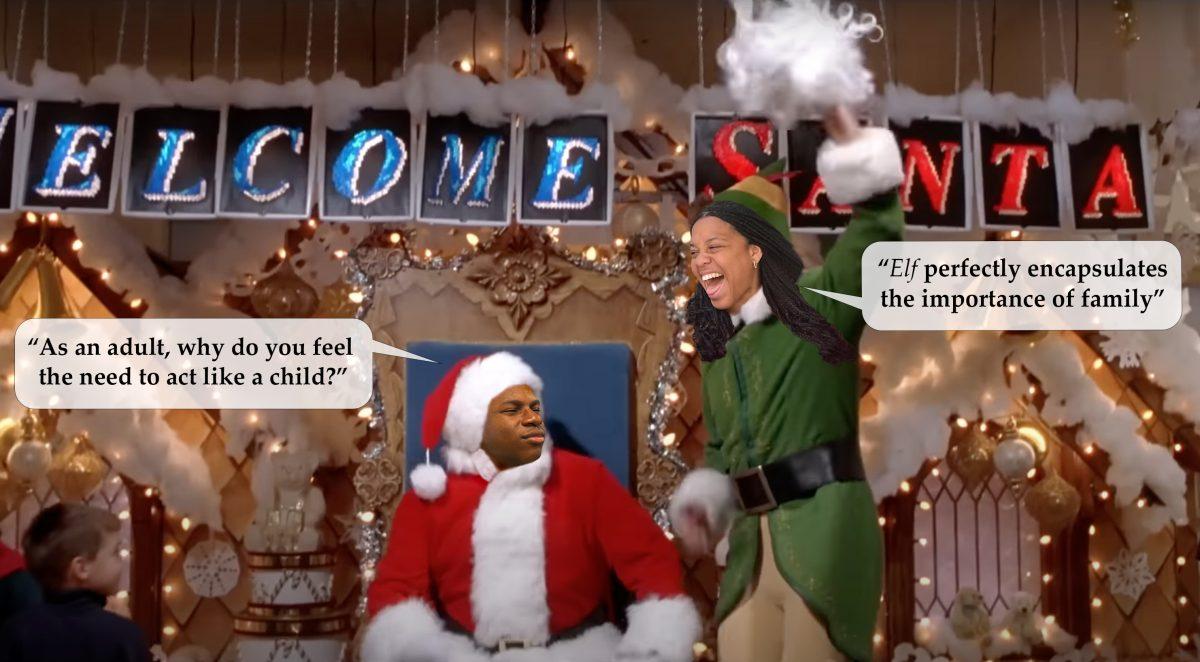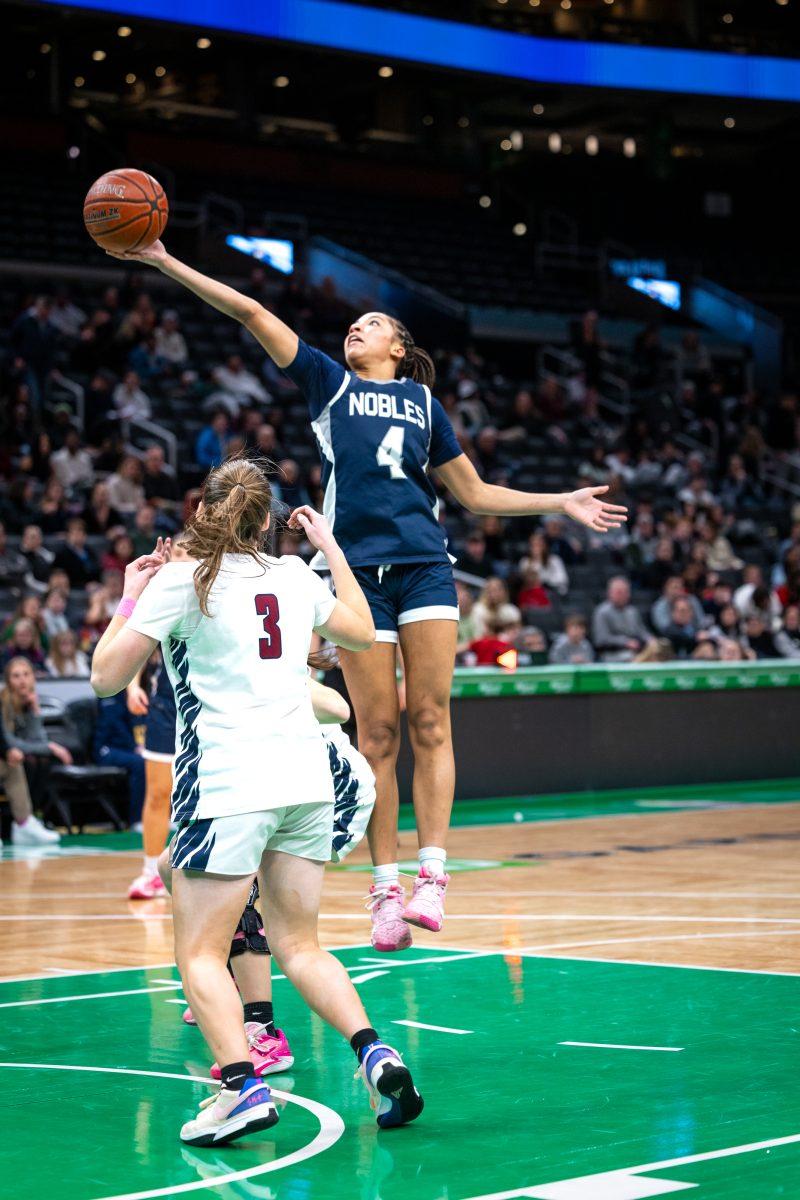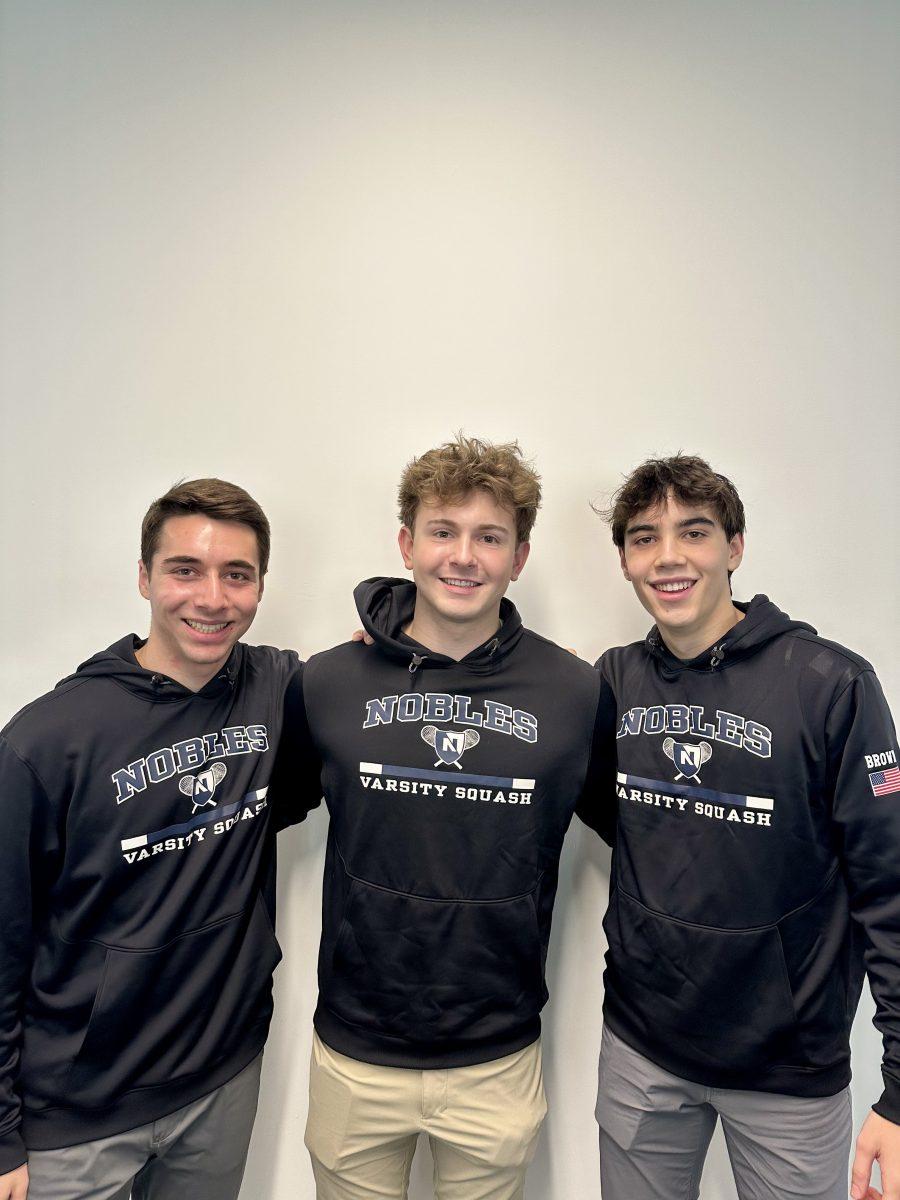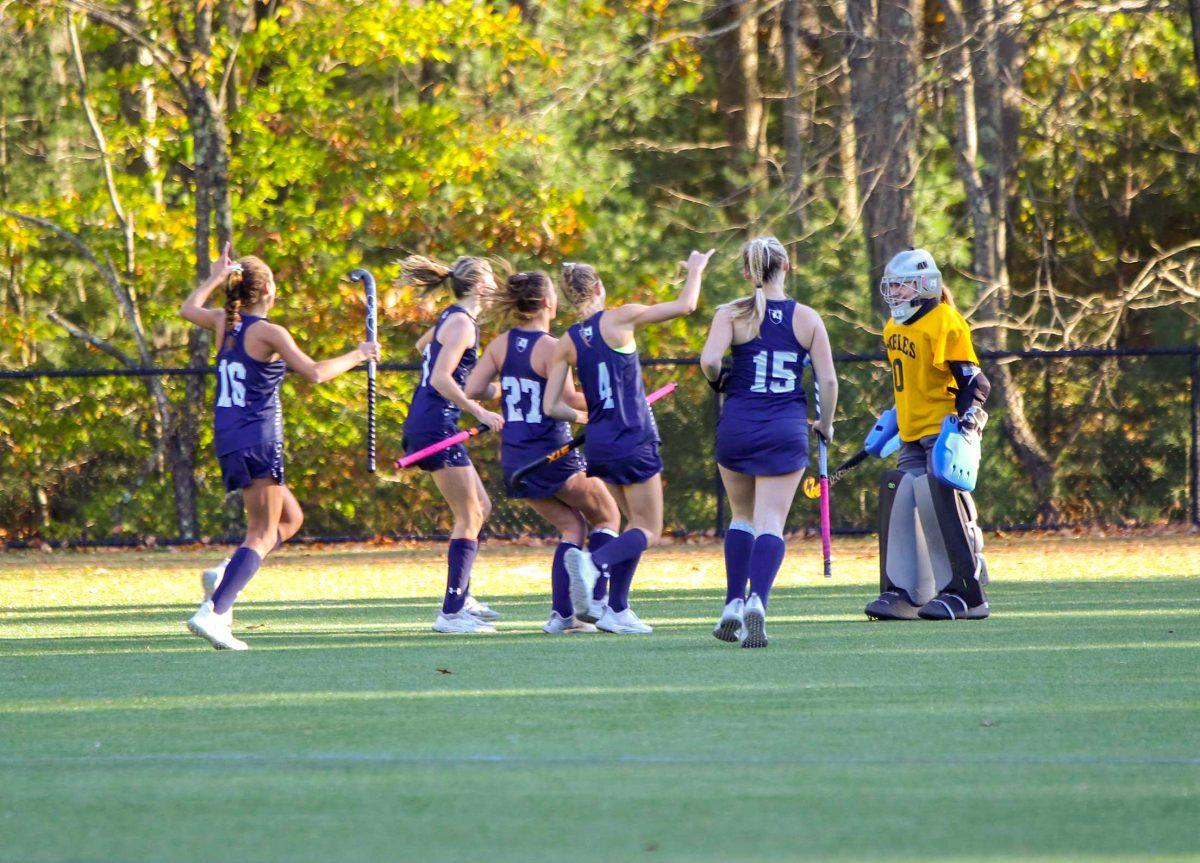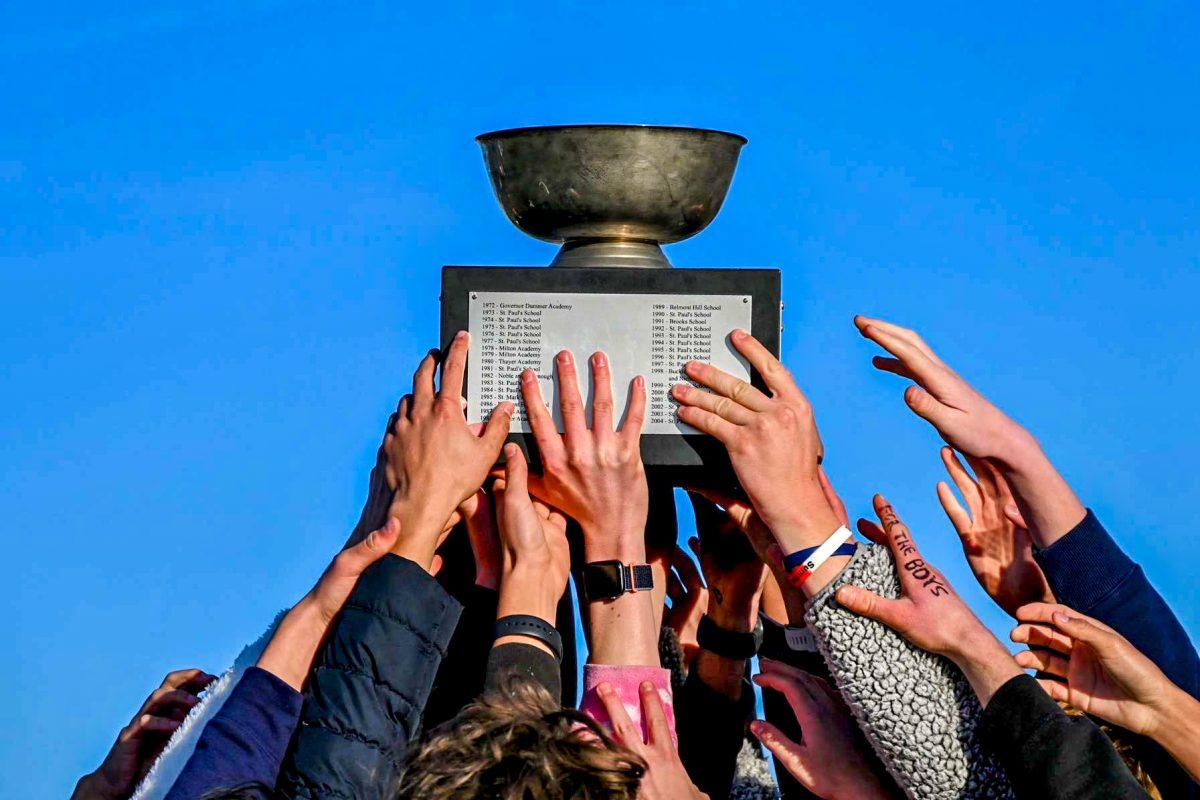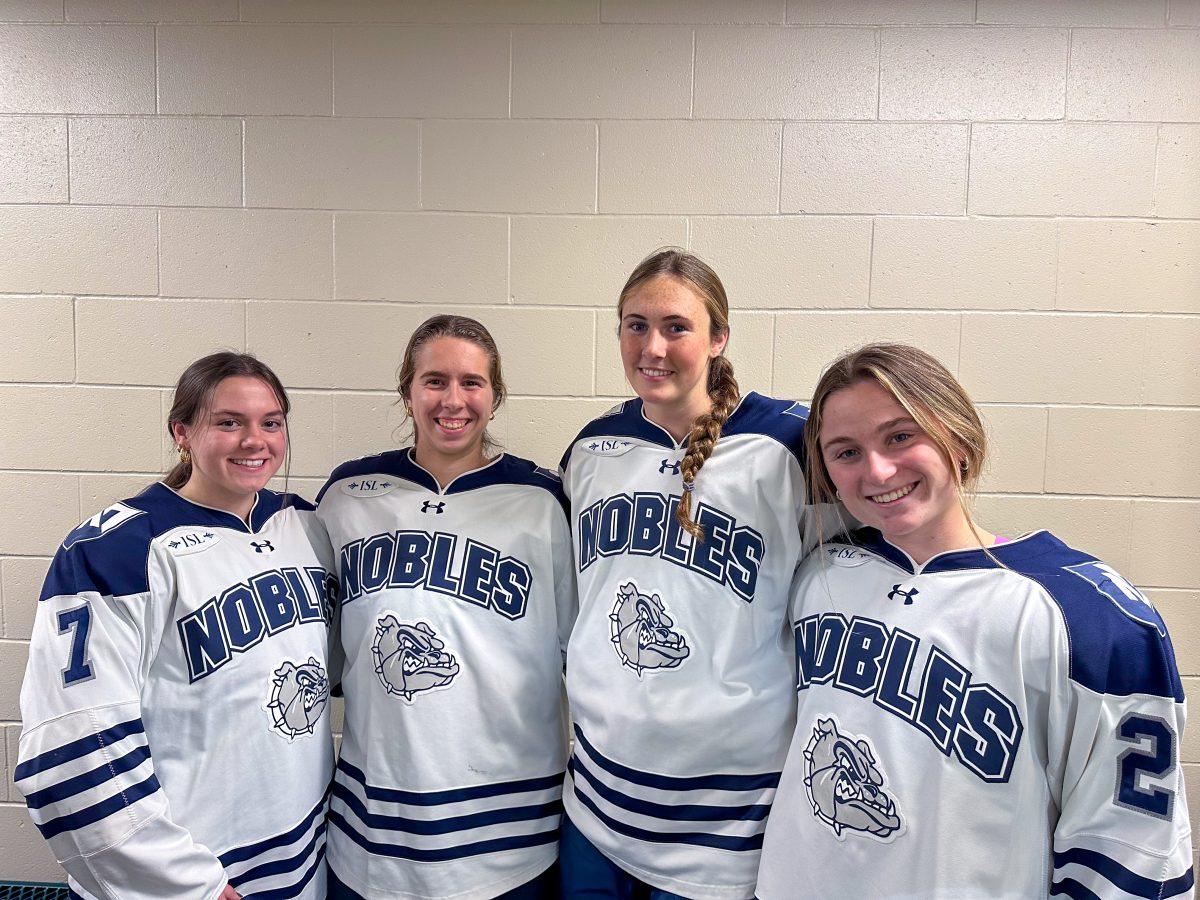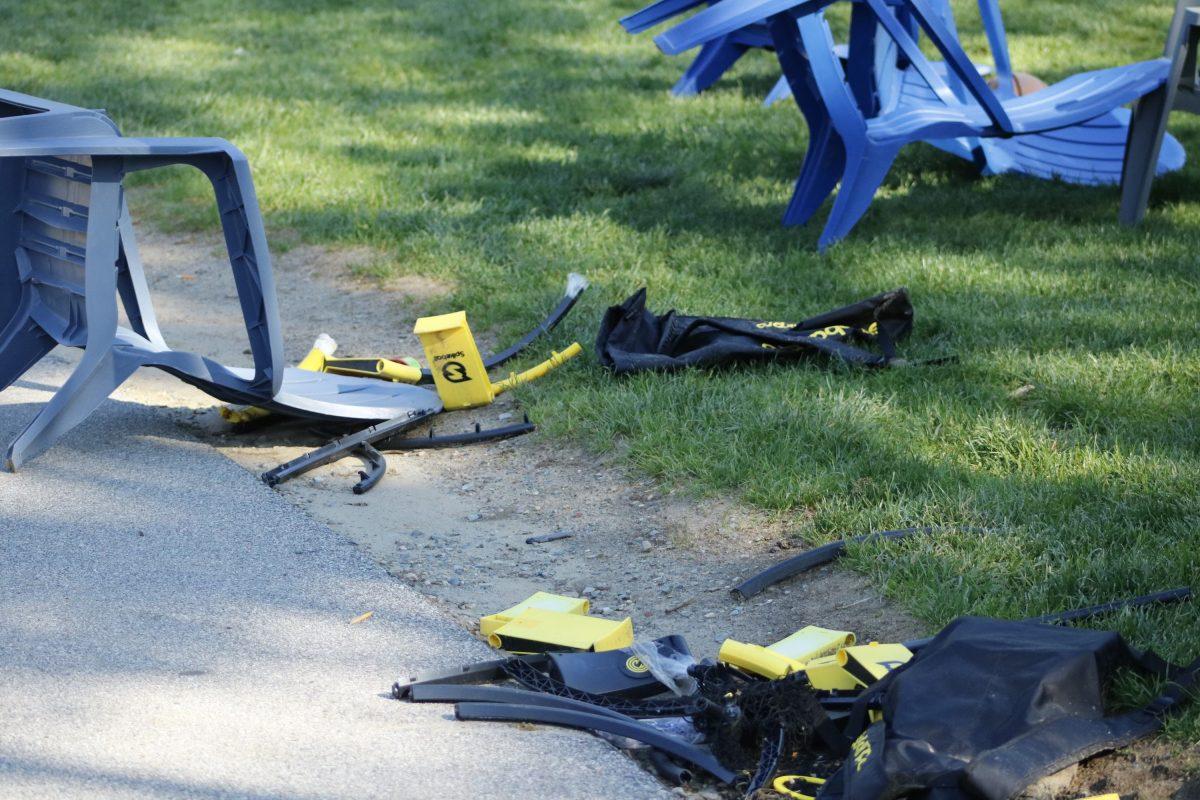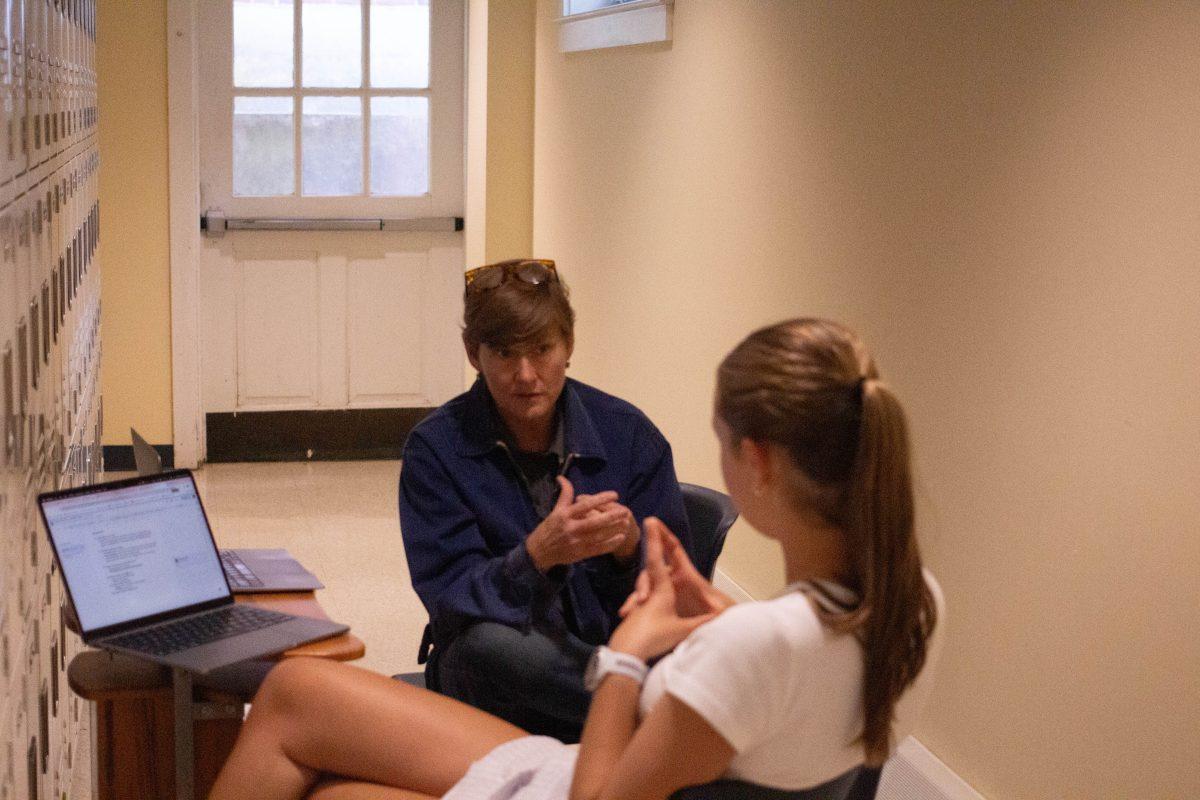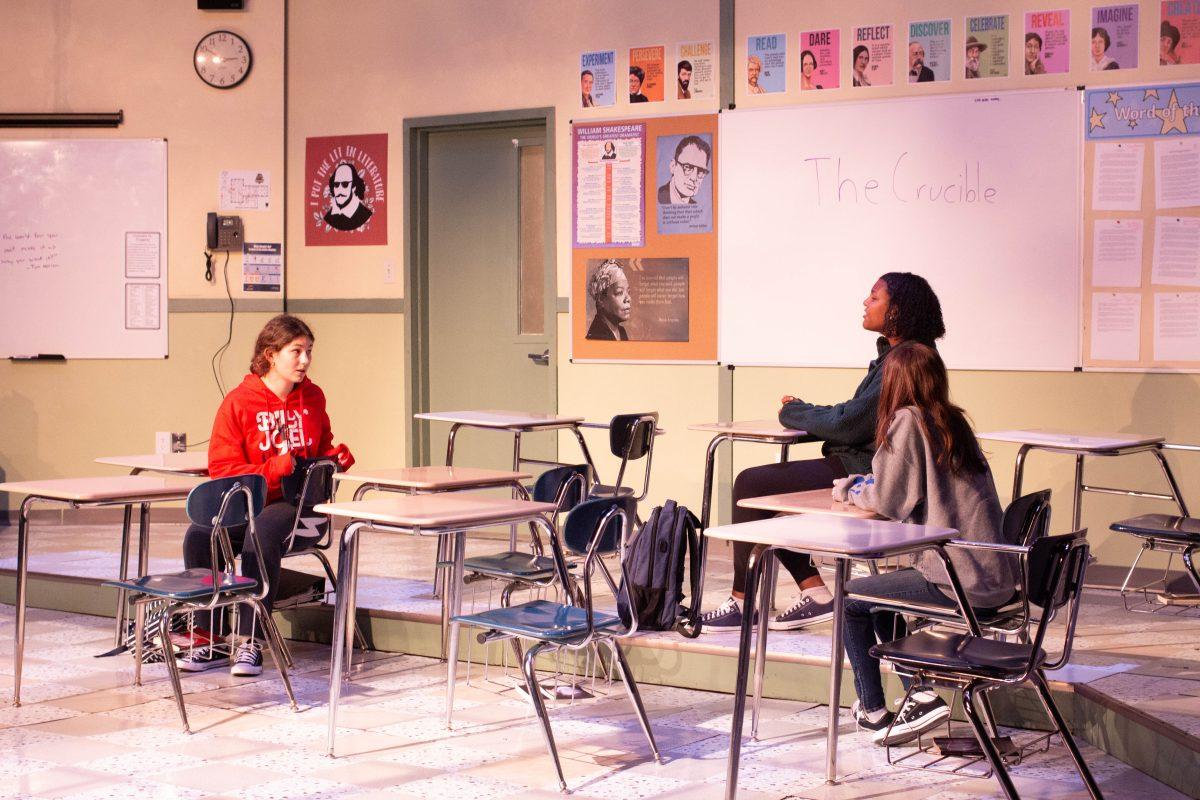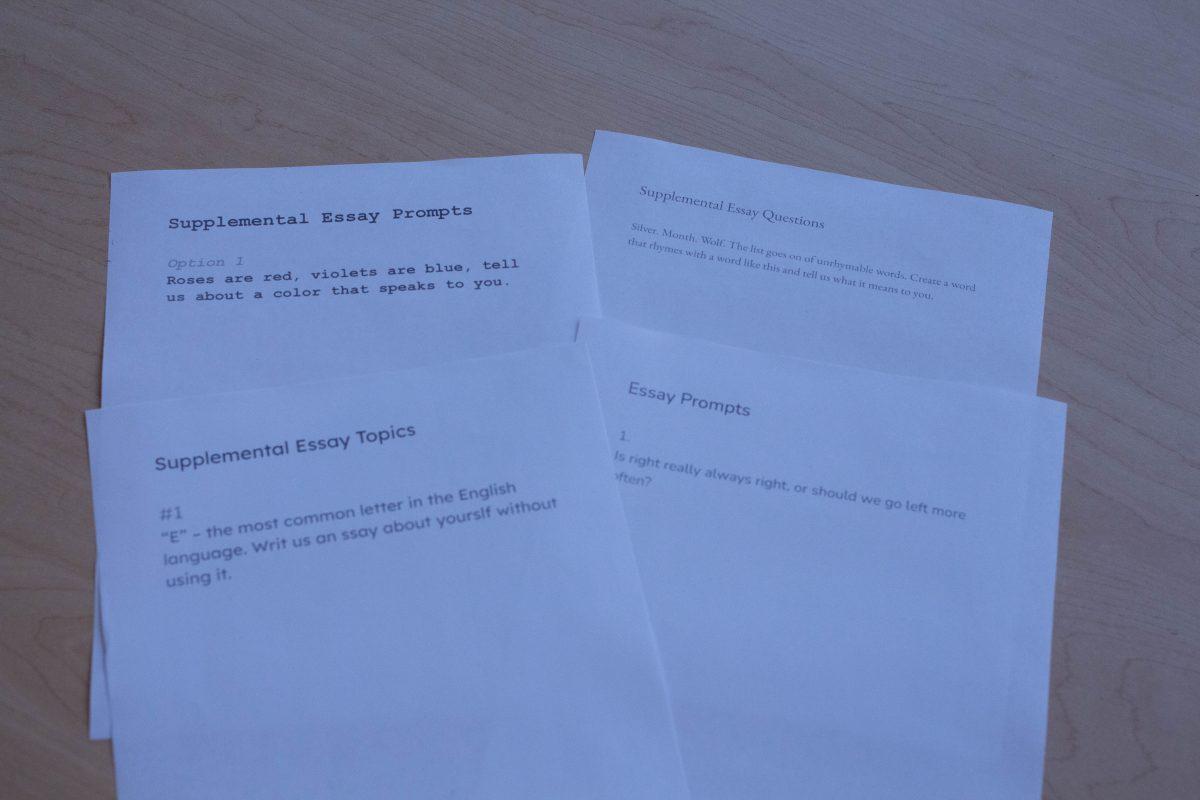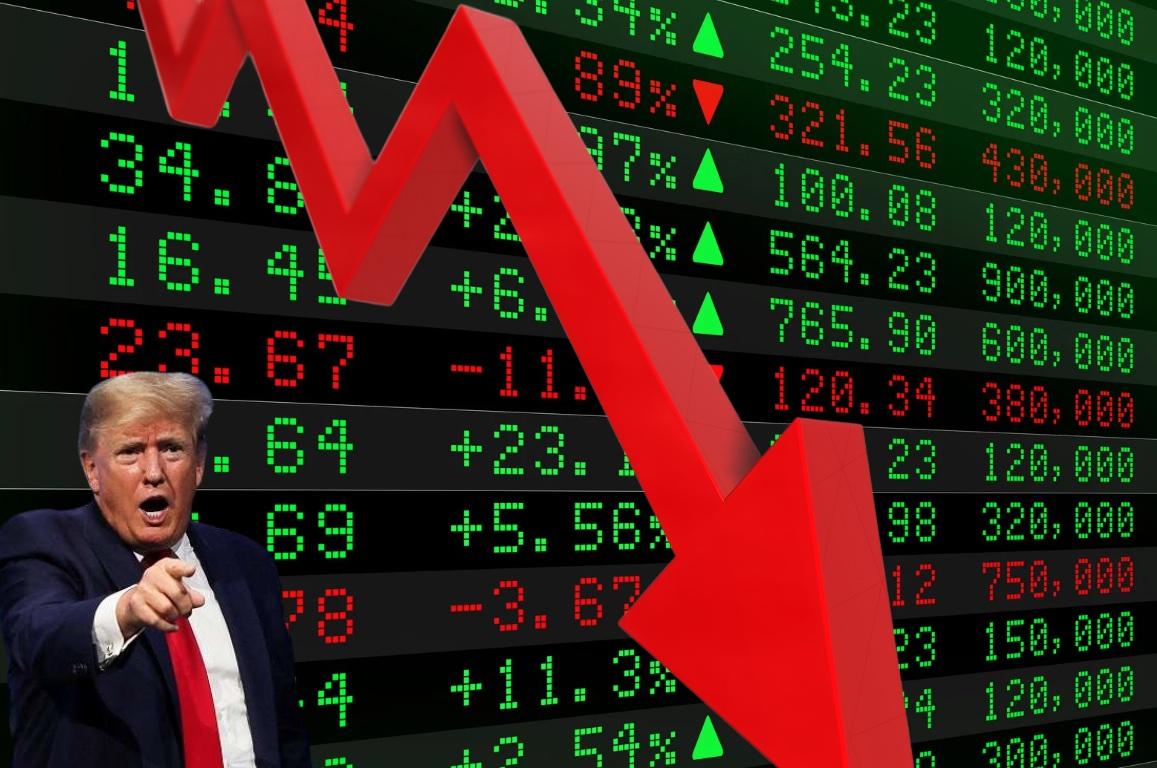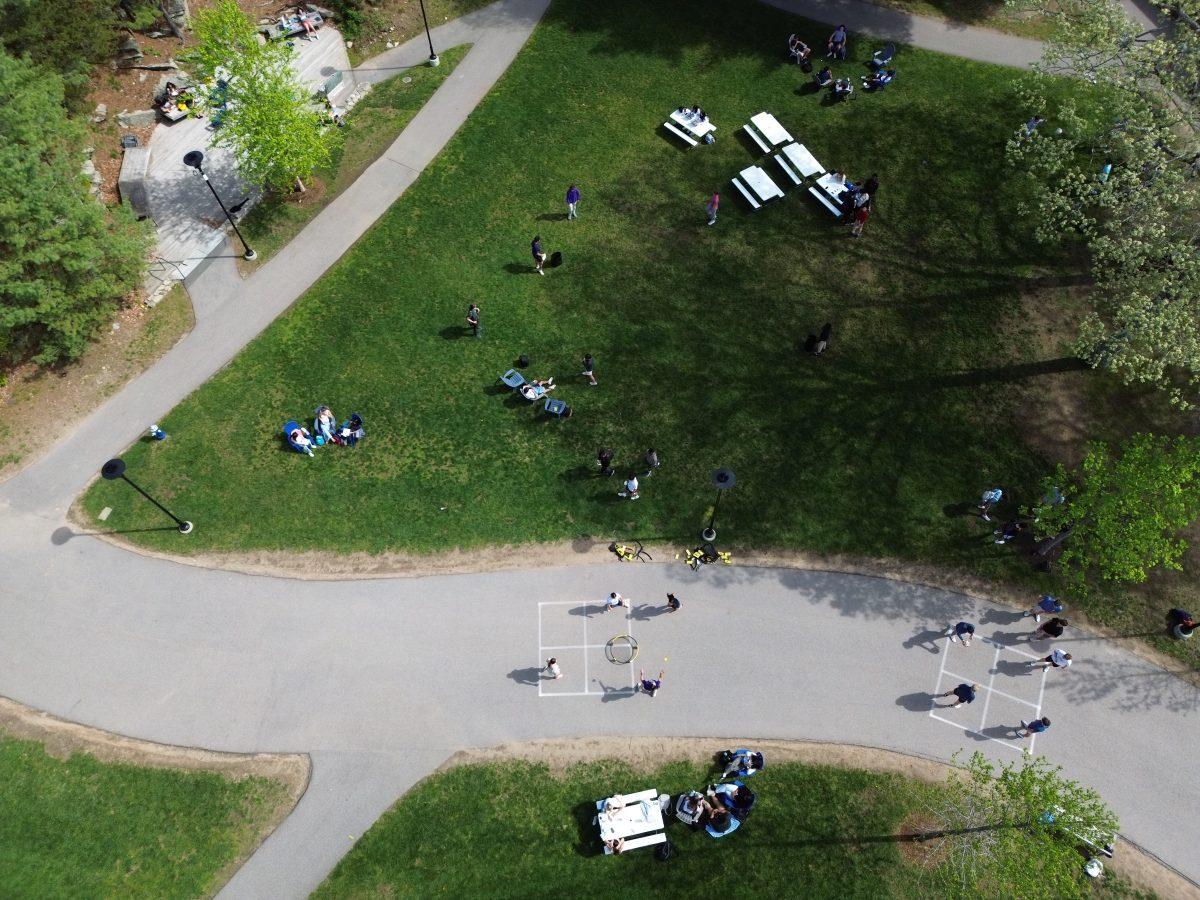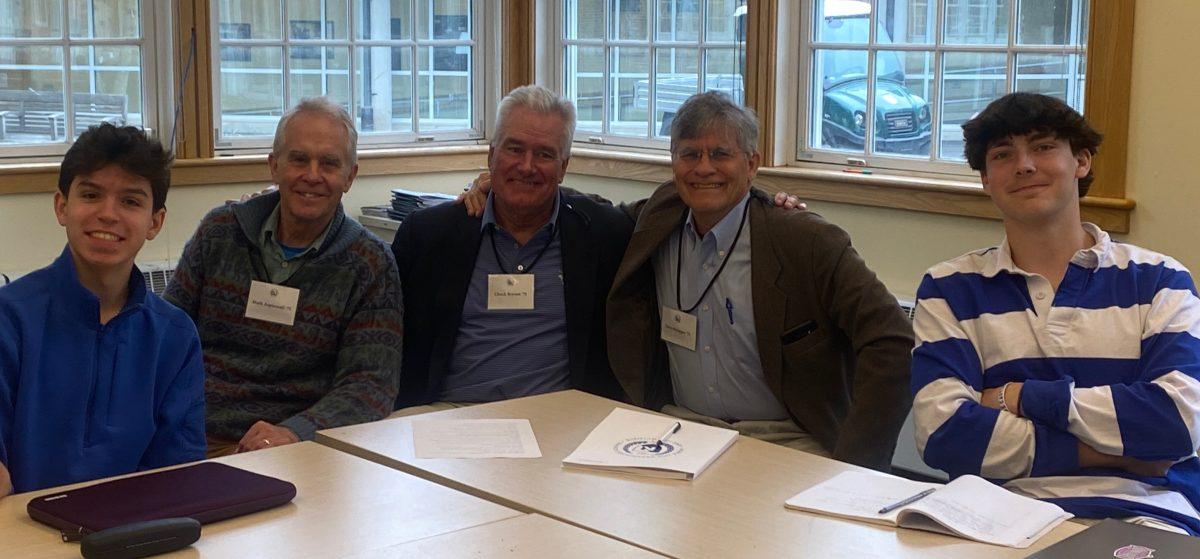The clocks strike 9:35. The war cry of backpacks zipping echoes throughout campus. The Beach prepares for yet another day of battle. Students flow out of Henderson, Shattuck, Baker, and the Academic Center, marching onto the Beach from all sides. Day after day, the Spikeball nets pray for survival and hope that Nobles students will show them mercy.
The heart of campus, once known as the Beach, has transformed into a harrowing battlefield that would make even legendary generals weep. What was previously a peaceful patch of student life (it even featured green grass) has become the center of an ongoing Spikeball conflict that has left countless nets mangled beyond recognition and elite student athletes emotionally scarred.
“The horror! The horror!” cried an anonymous nationally ranked student Spikeballer (Class II) while clutching his third broken rim of the month. “You have no idea what it’s like when you’re in the middle of an epic rally with the guys, and all of a sudden you hear that sickening SNAP. It feels like your heart snaps with it,” he said. It seems this is a relatively universal experience among Beachgoers, as many recall the staggering dread they felt after the breakage and their fearful glances to inspect the surroundings for possible witnesses.
According to battlefield reports, the Beach now resembles a Spikeball graveyard. Yellow circular frames lie like fallen soldiers, their netting shredded into threads that dance hauntingly in the springtime breeze. The mass grave consists of not only limbs, but souls. However, some students appear to question the morality of the battle. A display made out of bent plastic legs arranged into what seems to be a memorial titled “What We Have Done” has recently made an appearance on the Beach.
Satellite imagery suggests that at precisely 1:27 p.m. yesterday, no fewer than seven simultaneous Spikeball games erupted across the Beach in what some military strategists are calling “The Surge.” Within the next 23 minutes before the start of last period, four nets lost their lives. An additional two casualties took place by the end of the academic day.
Despite the challenges, Nobles students remain dedicated to their Spikeball play, and some have started a small mobile army Spikeball hospital (M.A.S.H.) behind Baker. Here, students use their knowledge from science class as they attempt desperate repairs using duct tape, lacrosse sticks, staples, frying pans, TI-84s, and what appears to be chewing gum. This fast-paced routine of performing life or death surgeries under crippling fear of the administration banning Spikeball forevermore seems to be inspiring to some. “The adrenaline rush of booking it to the base after a net accident is a feeling like no other. The way I have been able to save lives makes me want to think about going to medical school. I want to become a surgeon,” an anonymous Class I student, who had originally planned on majoring in ChatGPT, said.
In response to the conflict, some of the younger members of the Nobles community have called in paranormal investigators, as many report hearing the mournful snaps of Spikeball nets inside their classrooms and outside when no one is around. Investigator and Nobles Croquet Coach Egon Spengler said, “[The nets are] trapped between worlds. The nets that suffered especially violent ends–those that were jumped on, accidentally sat on by middle schoolers, and used to block a senior assassin attempt–their spirits cannot rest.”
As Spikeball games will continue through the end of the school year, the casualties are bound to increase. To the warriors of the Beach: Have mercy on your equipment. Play with passion but act with care. The next time you approach the Beach, ask not what the Spikeball nets can do for you, but what you can do for the Spikeball nets. Both future generations and the administration’s kind, but limited, Spikeball budget depend on it.

